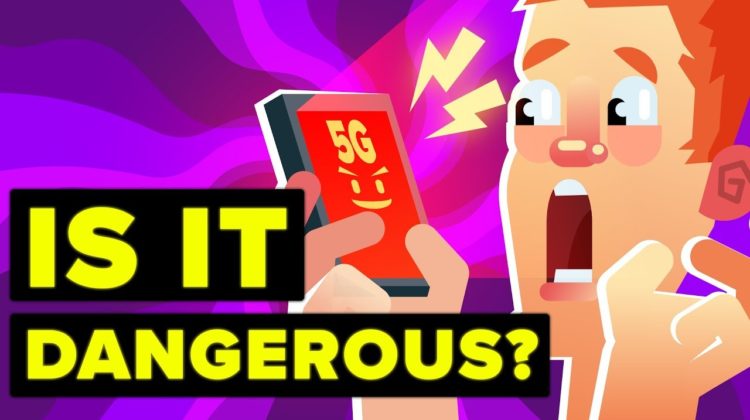5g cell towers are a brand new type of antenna that's being utilized by wireless companies to provide internet services. safe distance from cell tower are more powerful than 4g towers, and can be larger and more powerful.
Many cities are becoming concerned that these towers may cause harm to residents. These concerns include aesthetic, privacy, and health issues.
They're Bigger

In 5G, the frequency that radio waves travel through is greater than 4G- which means that it requires more towers to transmit information. This can increase the amount of radiation that can be emitted into our environment.
This is a major worry for HOA communities and business owners, real estate investors, and those concerned about adverse health effects. safe distance from cell tower are concerned that the addition of more 5G towers could lower property values and negatively impact the health of the public.
The only way to solve this issue is to alter the way we communicate through WiFi instead of conventional cellular networks. That's not going to be a quick process but it will eventually happen.
But how can that be accomplished? How can we ensure that it is safe? The answer lies in the technology of cell towers, also known as small cells.
They're more expensive
If you're in a city, you've probably observed large towers of cellular equipment that are atop towers and structures. These are towers that are 4G and are used to offer wireless networks to the surrounding regions.
They're typically 50-200 feet tall, and they're made to blend into the surrounding environment, reducing their aesthetic impact. Compared to 4G, 5G technology requires a greater density of tower coverage in order to cover a wider area.
Those dense cell sites can be difficult to maintain because they must be continuously connected and capable of delivering fast speeds. In the end, they're more expensive than other kinds of towers.
However, if you're a tower operator or an operator for mobile networks, it's logical to upgrade your towers to 5G, in anticipation of the new technologies that are coming to market. Incorporating these latest technologies into existing sites will help to improve the functionality of the site and eventually result in more income for you.
They're More Dangerous
What is it that makes 5g towers bad?
One of the most significant issues with 5g towers is that these emit more RF radiation than other kinds of towers. what is safe distance from 5g tower is because they need to be placed more densely across an area to ensure that they are covered.
The RF waves generated by cell phone towers don't possess enough power to cause damage to DNA directly or heat tissues of the body, however they can degrade chemical bonds in DNA, which could damage cells and cause cancer.
The concern is about the possibility that living close to the 5G tower could cause negative health effects.
The reason is that 5g towers are more likely to be placed close to schools and homes, where they can transmit rf waves all the time. That means that they will be closer than ever before and the likelihood is higher that the radiation will be absorbed into your body.
They're not necessary
5G networks depend on an entirely new portion of the spectrum used to transmit data. They are known as millimeter wave. They're much shorter than conventional radio waves, at less than 1 to 10 millimeters in length, so they are more frequent and are able to transmit more power.
To deliver the ultra-fast speeds and low latency 5G promises, it's essential to establish a vast network of cell towers. This requires a lot of masts for cell phones to provide coverage to cities, roads as well as business districts, colleges and even farms.
However, there are other alternatives to provide high-speed internet in densely populated areas. One possibility is to construct small cell stations that are densely spread to fill in gaps in coverage.
But a major concern is where these cells will be placed and how they'll affect residents. Local authorities and residents are trying to figure out ways to stop these structures or stop them from happening in their communities.
